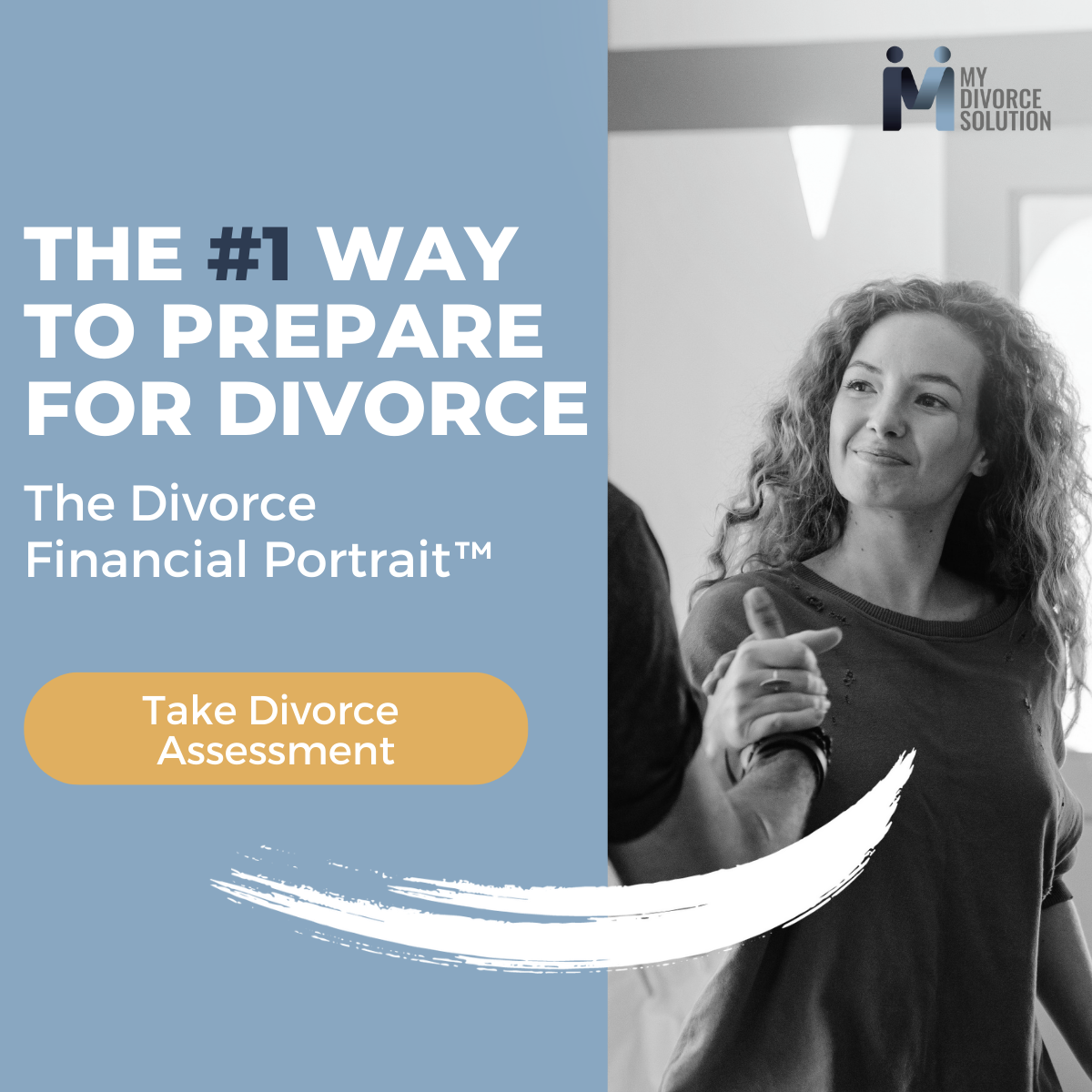Four Ways to Get Divorced that You Need to Know
If you have decided that divorce is best option for you at this point, become familiar with the types of divorce and the ways you can get divorced. With a better understanding of this information, you’ll make more confident decisions that will affect your divorce experience – and your wallet.
There are two types of divorce: contested and uncontested
A contested divorce is one in which the parties cannot agree, either about getting divorced or about the terms of the divorce, such as the division of assets, allocation of debts, alimony, child support, or the custody of the children.
An uncontested divorce is one in which the spouses agree on everything and do not need the court to divide assets or make determinations about spousal or child support or custody. In general, an uncontested divorce will proceed through the system more quickly, as it is less complicated. It is also less of a financial burden for both parties.
There are four ways to get divorced.
1. Do it yourself or pro se (pronounced “pro say”).
You will find many online sites and/or self-help books which promote the DIY or Pro Se approach. While there are many things you can do by yourself, divorce should not one of them. Any site that promotes divorce as easy or a snap is disrespectful to the parties and the divorce process as a whole. Take a funeral or surgery, for instance. These events should be taken seriously and require knowledgable professionals for successful outcomes. Divorce is the same in this respect. While you may partner with a professional and do much of the work yourself, the consequences of not having a expert involved might leave you with results that will negatively affect you for the rest of your life. A simple mistake in filing paperwork, for example, can lead to long term complications down the road. Some errors might even lead to questions that question the validity of the divorce. Without expert guidance, what might be considered the simplest divorce can easily become complex and lead to future legal trouble.
2. Mediation
Mediation is a process for divorcing that is typically the least costly. Both parties sit together with the mediator to discuss their concerns; they work together to create an agreement with which they are both amenable. The mediator’s role is to help both parties communicate and decide on essential issues. Once an agreement is reached, the mediator draws up a Memorandum of Understanding. Typically, with mediation, each party is advised to obtain an attorney to review the agreement on their behalf. One of the reviewing attorneys will draw up the divorce agreement and the other spouse’s attorney, if chosen, will review the agreement. If no changes are needed, both parties sign and the papers are filed with the Court. If you feel mediation is not working for you, you may leave at any time and re-start your divorce using another process.
3. Collaborative Divorce
Collaborative Divorce is a method of divorce where both parties agree not to litigate. All professionals involved in a collaborative divorce are specially trained and work together for the best interests of the family. Each party is represented by an attorney; a financial neutral and divorce coach are also involved. If needed, child psychologists are invited to join the sessions. The fees for all of these professionals do add up; the challenge is to work effectively and efficiently together towards the best possible outcome for the situation.
The hallmark of collaborative divorce is the agreement that everyone signs in the beginning. This document states that if, for any reason, either party decides to litigate in court, all of the collaborative professionals must withdraw and the parties must start the divorce process all over again with new lawyers and new advisory professionals. This agreement keeps everyone moving toward the same goal: to resolve your case amicably, outside of court, in a way that meets your needs and those of your spouse and your children.
4. Litigation
Litigation is the traditional way people get divorced. When this is the process used each spouse retains a lawyer. One party files the complaint or petition for divorce and the other party is formally served the documents; this is when your case begins. After a formal discovery process and a litany of paperwork, the parties decide to settle or go to trial. Attorneys have different styles of navigating this process. Some guide their clients effectively through the proceedings; others use this time to wear down or intimidate the other side.
Divorce litigation can be the most expensive, time-consuming, and emotionally exhausting way to divorce. It forces the parties to discuss their private lives in a public setting. It also mandates that you give a significant amount of control over your family, your finances, and your future to a judge. Yet, for all of its drawbacks, litigation is the best way to resolve cases in which one or both spouses refuse to turn over financial information or otherwise hinder the divorce process. If you or your spouse have high-conflict personalities, or one of you refuses to participate in the divorce process, going to court is likely the only way you are going to – realistically -resolve your case.
Consult with your legal professional about options that are of interest to you or contact My Divorce Solution to schedule a consultation on this and other important topics pertaining to your divorce journey.

Karen Chellew is Co-founder of My Divorce Solution. With over 30 years of legal experience, Karen serves My Divorce Solution clients as a legal liaison –the central link that assures divorces are professionally executed as efficiently as possible. Karen is also a certified QDRO Administrator, Founder and President of Sisters U Foundation, advisory council of Support Pay, and an Auditor of East Rockhill Township.
As a divorced mom of three, Karen knows what it’s like to navigate the dark waters of divorce alone and in the dark. Karen cofounded My Divorce Solution as the company she wished had existed in her divorce. She’s committed to helping families navigate divorce differently –with financial clarity and not fear –driving decisions and compromise.
My Divorce Solution helps clients secure their worth and protect their wealth with the Divorce Financial Portrait. Our Divorce Preparation Platform is a data driven solution that connects your financial assets to the divorce legal system.
See what you can expect from your divorce with our Free Divorce Assessment.

www.mydivorcesolution.com
215-486-8347 | 843-929-0399





